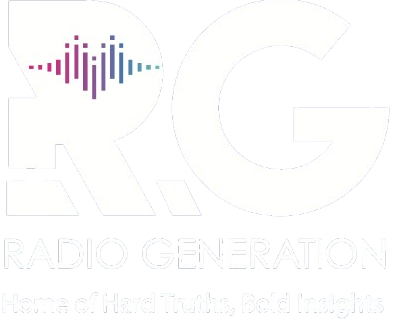Kenya’s credit market is facing mounting pressure as personal and household loan defaults rise sharply, with new Central Bank of Kenya data showing the country’s worst repayment crisis in two decades.
The CBK’s latest report shows that non-performing loans (NPLs) reached 17.6 per cent by June 2025, up from 17.4 per cent in April — the highest level recorded since 2005.
This comes amid rising job losses, stagnant wages, and the high cost of living, all of which have eroded borrowers' ability to repay loans.
“The ratio of gross non-performing loans (NPLs) to gross loans stood at 17.6 per cent in April 2025 compared to 17.2 percent in February. Increases in NPLs were noted in trade, personal and household, tourism and hotels, and building and construction,” said CBK Governor Kamau Thugge.
The data shows banks had issued loans worth Sh4.045 trillion as of December 2024. With the NPL ratio at 17.6 per cent, this means more than Sh712 billion is now in default, placing banks under pressure to recover the mounting unpaid loans.
A growing area of concern is personal and household borrowing. The CBK Credit Survey shows that nearly 40 per cent of banks expect defaults in this segment to worsen, a sign that individuals are bearing the brunt of the economic crisis.
Although the CBK says banks remain financially sound, it acknowledges the worrying long-term trend. The country’s NPL ratio has more than doubled over the past ten years — from 6.8 per cent in 2015 to 17.4 per cent in 2025 — underlining structural repayment problems within the economy.
“Banks have continued to make adequate provisions for the NPLs,” said Thugge, adding that the banking sector maintains strong liquidity and capital adequacy ratios.
In addition to personal loans, other sectors feeling the heat include manufacturing, building and construction, real estate, and financial services. Banks had in April announced enhanced recovery strategies to deal with the rising defaults, but concerns persist.
Among the 39 banks surveyed, 33 per cent expected defaults on personal and household loans to rise between April and June, despite optimism in other sectors.
Interestingly, the CBK notes that commercial bank lending to the private sector is beginning to improve after months of decline, driven by falling interest rates and a stronger Shilling.
“This reflects improved demand in line with the declining lending interest rates, and dissipation of exchange rate valuation effects on foreign currency denominated loans following the appreciation of the Shilling,” the CBK noted.

